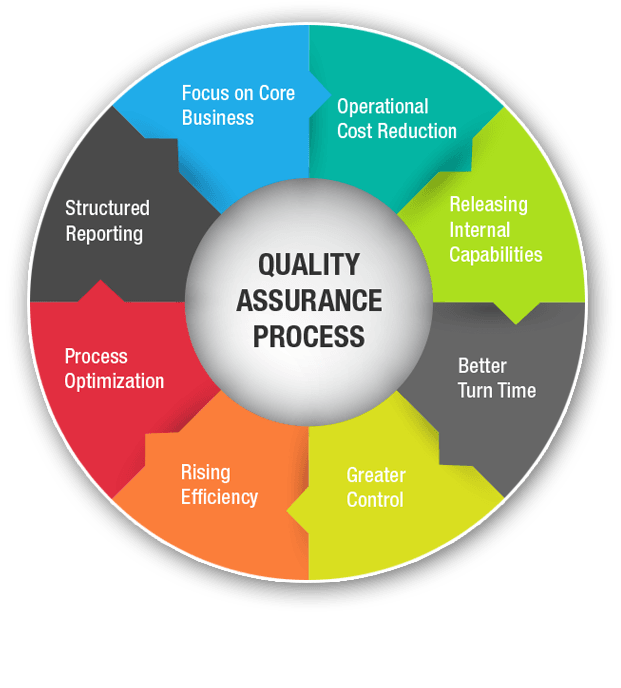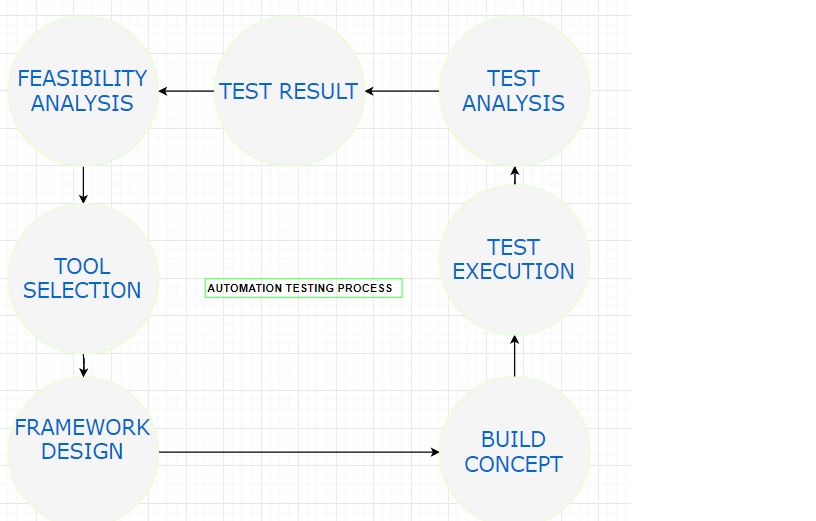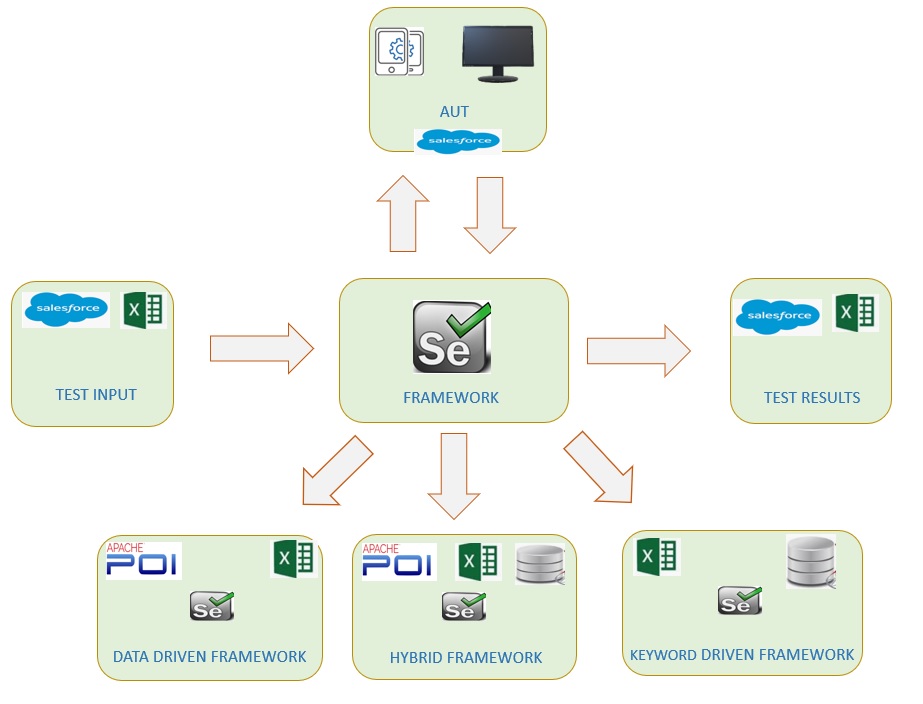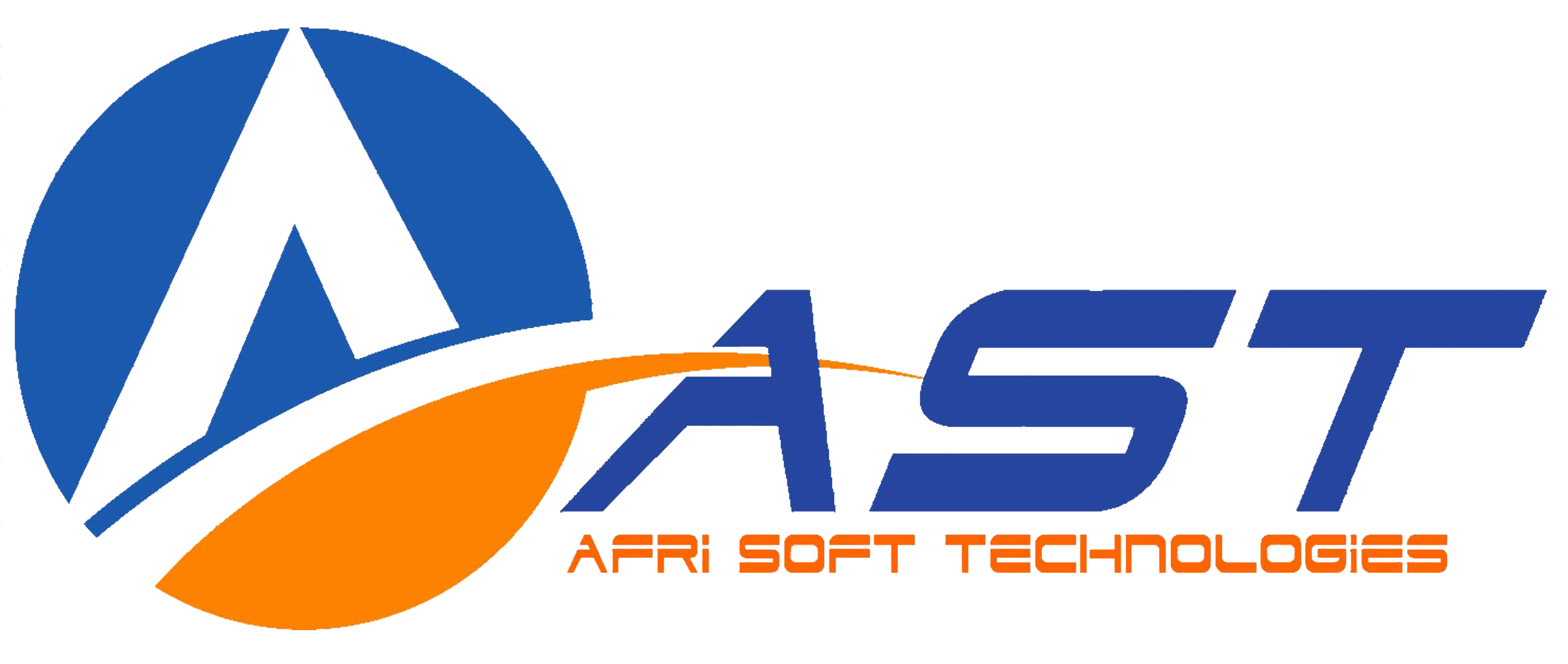
Assurance Services
As organizations strive to minimize their IT projects costs by uncovering defects early in the SDLC, assurance services are fast becoming a key function. A robust assurance process helps organizations meet aggressive deadlines for application rollouts while still maintaining the quality of the software.
AST can help customers in making their verification and validation activities more effective through the following offerings.
- Manual Testing
- Automation of testing – Using multiple tools
- Performance testing
Software Testing
Software testing is a vital part of an effective software lifecycle to hinge on fundamental essentials of time, cost, and quality. The main objective of testing tasks is achieved by keeping up the on-time delivery and quality output at a decreased expense.
Software testing consist of two areas:
- Manual and Automation testing
Manual Testing
This area of testing is executed by a QA Analysts manually to verify the maximum essential features of given application or software to testify the possible software bugs or any functional faults detected during the development stage; as a result, reports are generated by validating the testing case scenarios without any intervention of automated software testing tools – excluding of Black, White, integration, system testing.

AUTOMATION TESTING FLOW

Automation Testing
Automated testing uses pre-scripting test to execute repetitive tasks, software functional methods, and application features to run and compare the actual business results with the expected outcomes. By using an automation tool like selenium, testers determine the application performances of the business by writing an appropriate code to test scripts for the successful test results.
Scenario’s that supports Automation testing over Manual testing
- Repetitive and time-consuming tasks.
- Parallel testing and do non-functional testing like load, performance, stress testing.
- Human error avoidance.
Selenium
Selenium is an Opensource tool used for testing web applications. QA engineers extensively use this tool to write and automate tests across different browsers and operating systems. One of the unique components the grid, which allows testers to distribute loads and run tests against remote servers. Another important component is the IDE feature– Each interaction of an application is recorded as a test step and saved as a script which can be run repeatedly.
The widely used component is the WebDriver feature that maintains standardized APIs which allows QA testers to create and write automated tests to interact with a different number of web browsers. Also, set applications completely for integration testing.
WebDriver permits QA testers to directly use a flexible programming language of their choice like Python, Java, Ruby, JavaScript, and so on to create and write scripts. It also allows testers to use programming conceptual logics, conditions and control statements to enhance the tests more efficient and complete.
Selenium Framework
Selenium provides a structured framework for testers to maintain reusable and readable process codes and this framework produces beneficial business results by sustaining reduced maintenance cost, higher accountability, and greater portability.
Selenium Testing Framework Model

- Data driven framework: Selenium uses an Apache library POI to read and write-back the business data generated from external files - Excel, CSV, XML or database table.
- Keyword Driven Framework: All operational functional methods and instructions are automated by the pair of key and information values includes, date/time stamp and output files as combines to offer the best coverage for testing.
- Hybrid driven Framework is the combination of both Keyword and Data-driven frameworks.
